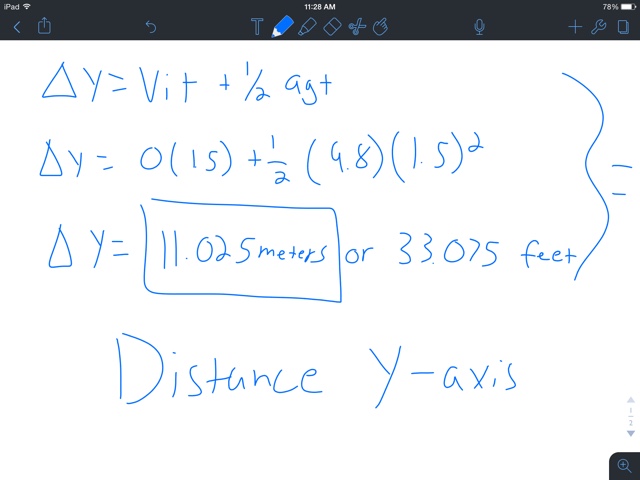Nick Valencia
November 6, 2015
Period 2
I. Materials
1) Two 2 liter soda bottles
2) Duct Tape
3) Cardboard
4) Badminton Shuttlecock
5) Paper Towels
6) Cotton Balls
7) Small Plastic Container w/ no lid
Estimated Total Cost: $12
II. Procedures
1) Leave bottle #1 untouched and set aside for later.
2) Take bottle #2 and start to cut it into 3 separate pieces, the top and bottom piece will be used to make the egg chamber, while the center piece will be the sleeve to hold the parachute.
3) Take the sleeve from bottle #2 and slide it securely on the bottom of bottle #1 so that the cap is facing down and that there is about 6 inches exposed from the sleeve on the bottom of bottle #1.
4) With duct tape, securely fasten the sleeve.
5) Take the plastic container and put it into the sleeve so that the bottom of bottle #1 is touching the bottom of the plastic cup.
6) Securley fasten the plastic cup to the rocket inside the sleeve with duct tape.
7) Equally cut 3 cardboard fins and attach to the rocket with duct tape.
8) To make the egg capsule, take the bottom half and the top half of bottle #2 and fill with paper towel and cotton balls.
9) Poke 3 holes on the bottom of the capsule so that the parachute strings can be taped inside of the capsule.
10) Attach shuttlecock to the top and use duct tape to secure the shuttlecock to the top of the egg capsule
11) Parachute can be made with a plastic bag and strings.
12) Run the strings through the holes and use ductape to tape them down inside of the capsule.
13) Bag sits inside of the plastic container.
III. Results
Out of the 10 groups that launched their rockets, ours was 1 of the 2 groups that received full credit. The rocket had an estimated flight time of 1.5 seconds until it reached its apex, apex was recorded at 75 feet, the parachute deployed perfectly and the egg within the capsule did not break or crack. What separated us from other groups and allowed us to perform much better was that our rocket was longer than the others, which added stability. Our fins where made of cardboard fastened by ductape and symmetrically distanced apart so that the rocket shot straight up. The shape of our rocket was aerodynamic and smooth because of the layers of ductape added to the body. Our design allowed for the egg capsule to pop off at the apex of the rocket. Some of the failures in class were due to the poor designs in rockets and poorly made parachutes.
IV. Conclusion
To conclude, I would not change a thing to our rocket because my group received full credit and everything happened as planned. However, if I wanted my rocket to launch higher, I would take the plastic container out and try as much as I can to make the rocket much lighter to increase the height and decrease weight. I also believe that the wind during the day of launch affected the performance, if the wind was not so strong, our rocket would have launched much further.
Calculations
1)
Compared to the height of 75 feet given by the teacher and the actual height of apogee, the total difference was 42 feet for the actual height calculated given the time and equations is 33.075 feet or 11.025 meters.





